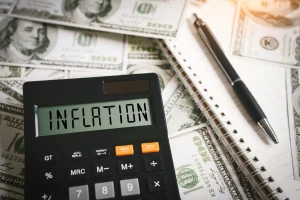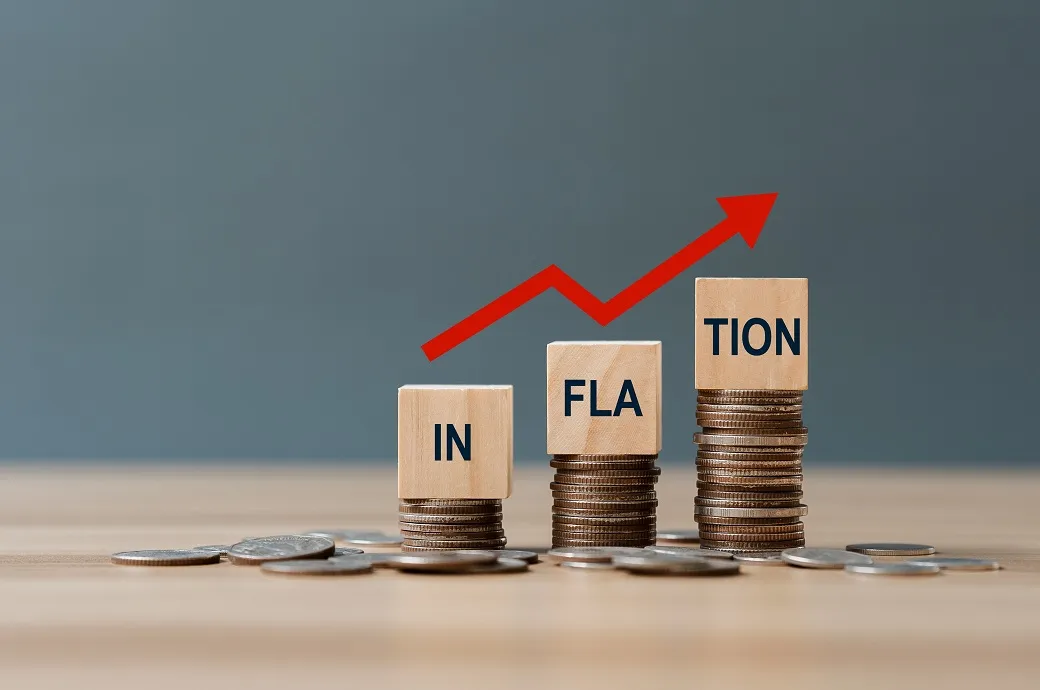Inflation rates can have a significant impact on Americans’ personal finances, affecting everything from purchasing power to savings. As the cost of living increases, individuals may find it harder to manage their expenses and achieve financial stability. This article explores the broader economic dynamics that influence American wallets and offers strategies for navigating this financial landscape.
This focus on inflation and its repercussions provides insights into how families and individuals can better prepare for such economic shifts. A deeper understanding of the causes and effects of rising prices can empower people to make informed financial decisions.
Understanding Inflation and Its Causes

Before diving into the personal impact, it’s crucial to understand what inflation is and what causes it. Inflation is the rate at which the general level of prices for goods and services rises, subsequently eroding purchasing power. Essentially, when inflation is high, each dollar buys fewer goods and services.
Various factors contribute to inflation, including increased demand for products and services, higher production costs, and monetary policies. When the demand for goods exceeds supply, prices tend to rise. Additionally, if the costs of raw materials or labor increase, manufacturers may pass those expenses onto consumers, driving up prices.
Monetary policy also plays a role. When a central bank, such as the Federal Reserve, adjusts interest rates or other financial regulations, it can influence the money supply and either stoke or cool inflationary pressures.
Demand-Pull Inflation
Demand-pull inflation occurs when consumer demand outstrips the economy’s ability to produce goods and services. This imbalance between supply and demand can cause prices to rise as businesses take advantage of the higher demand to increase profit margins.
For example, in times of economic prosperity, when employment levels are high, consumers have more disposable income. They tend to spend more, which increases demand for goods and services. If businesses cannot keep up with this heightened demand, they raise prices, resulting in demand-pull inflation.
Understanding this type of inflation helps consumers recognize situations where they might expect prices to rise and plan their finances accordingly.
Cost-Push Inflation
Cost-push inflation happens when higher production costs lead businesses to raise their prices to maintain profit margins. Factors such as increased labor costs, rising raw material prices, or supply chain disruptions can trigger this type of inflation.
For instance, if oil prices surge, transportation costs for goods also increase. Companies that rely on shipping will, in turn, raise prices to offset these additional expenditures. Consumers then face higher prices on a wide range of products, from groceries to clothing.
Being aware of cost-push inflation can help individuals anticipate price hikes and adjust their budgets to accommodate these changes.
The Impact on Personal Finances
Inflation can take a toll on personal finances in several ways, primarily by reducing purchasing power and increasing living costs. When prices rise, the same amount of money buys fewer goods and services, which means families and individuals may struggle to afford necessities and maintain their standard of living.
Savings also lose value during periods of high inflation. Money saved in a bank account earns interest, but if inflation rates are higher than those interest rates, the real value of that money decreases over time. In effect, inflation erodes the purchasing power of saved money.
To counteract these impacts, people often need to revise their financial strategies and consider alternatives like investing in inflation-protected securities or diversifying their investments into assets that typically perform well during inflationary periods.
Rising Living Costs
One of the most direct effects of inflation is the increased cost of living. As prices for goods and services rise, everything from groceries to utilities becomes more expensive. Families on fixed incomes or those without wage increases matching inflation rates feel the pinch more severely.
This can lead to difficult choices, such as cutting back on non-essential spending, seeking additional income sources, or even downgrading their lifestyle to accommodate higher living costs. Budgeting becomes essential, forcing households to meticulously track expenses and prioritize their financial needs.
Proactive financial planning can help mitigate these challenges, ensuring that individuals are better prepared to handle periods of rising prices.
Eroding Savings
While inflation increases living costs, it simultaneously decreases the value of savings. Traditional savings accounts rarely offer interest rates that keep pace with inflation, meaning that the real value of accumulated savings diminishes over time.
To safeguard savings against inflation, individuals should explore investment options that offer better returns. Stocks, real estate, and certain types of bonds often provide returns that outpace inflation, preserving the purchasing power of one’s savings.
Additionally, individuals might consider inflation-protected securities, such as Treasury Inflation-Protected Securities (TIPS), which adjust returns based on the inflation rate, offering a more secure means of protecting long-term savings.

